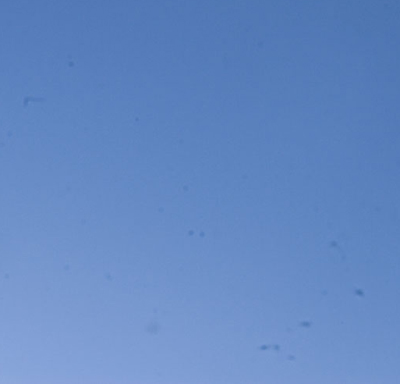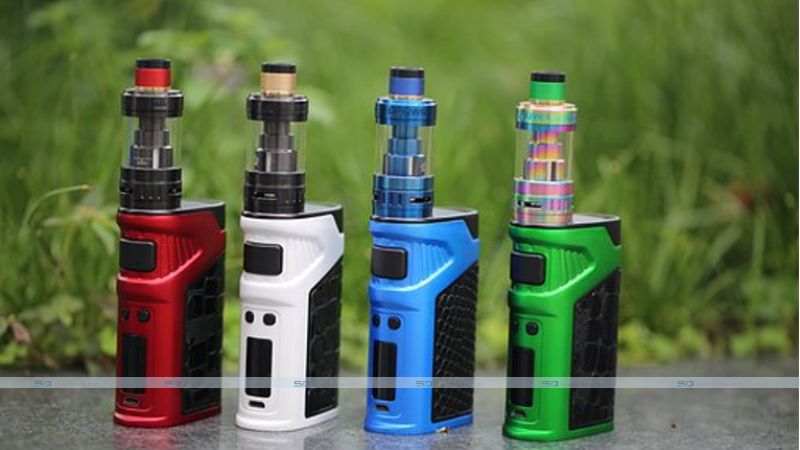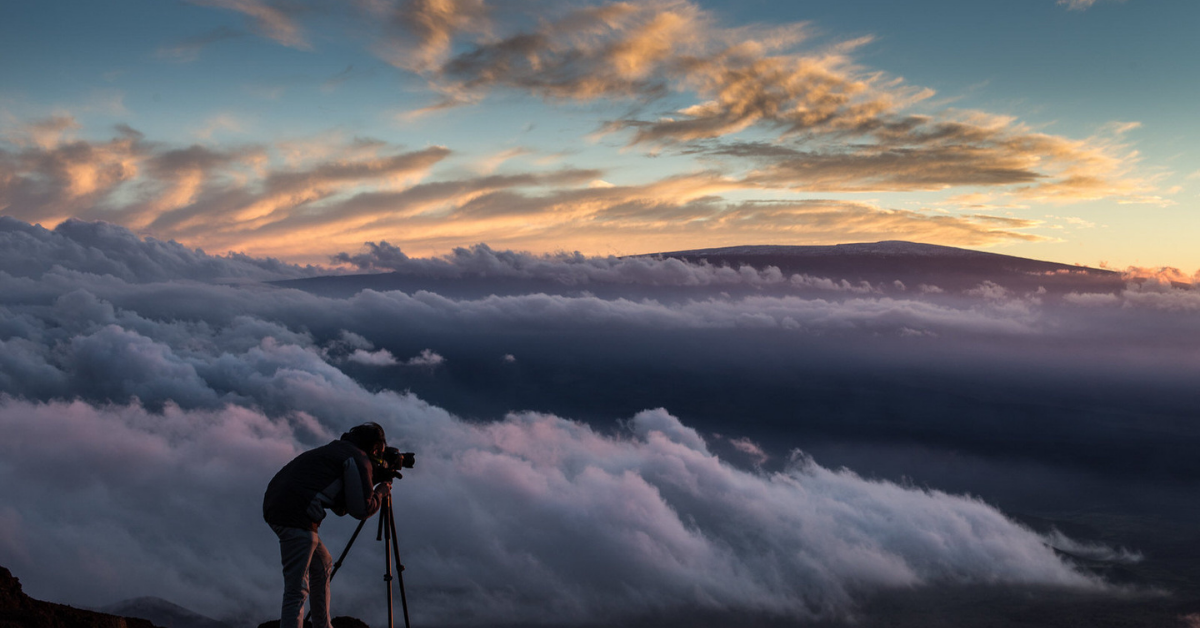You don’t have to worry about the sensor dust if you have a point-and-shoot camera because it’s entirely sealed. If you use a digital SLR, though, you may find that your photographs eventually develop unpleasant streaks and blotches. Dust and who knows what else can get inside your camera and attach to the sensor because the lenses on most SLRs are detachable. It’s theoretically conceivable for the Dust to get on your sensor even if you never remove the lens, especially if you photograph in dry, dusty situations.
I offered basic cleaning strategies in addition to shooting at wider apertures to reduce sensor dust visibility.
Regardless of how careful you are, you may one-day download photos from your camera and discover stains and smudges. If the spots aren’t too terrible, you can try using a rubber stamp or clone tool in an image editor to remove them. However, a manual remedy isn’t practical if you shoot many photographs or if the dust problem is serious. First, your camera’s sensor needs to be cleaned.
Not for the Faint of Warranty
The sensor in your camera is located just behind the lens, inside a chamber with a mirror. This mirror flips upward to display the shutter when you push the shutter release. The shutter then opens, allowing the sensor to be exposed.
The image sensor chip is hidden beneath a protective covering and is not directly visible (pun intended). The distance between the covering and chip can have a big impact on how much Dust is visible. Dust will be more noticeable when the sensor and cover are close together than when the sensor’s protective cover is far away.
The good news is that you’re cleaning the sensor’s protective covering rather than the sensor itself due to this configuration. The bad news is that scratching or destroying this covering will still cause your camera to malfunction.
As a result, many manufacturers consider cleaning your camera to be a warranty infringement. Cleaning the sensor yourself may not be the ideal idea if you don’t want to void your warranty, are exceedingly clumsy, or have a history of bad luck.
If you’re up for the effort, though, you’ll be relieved to learn that sensor cleaning is a simple task. It takes a lot of effort to harm your camera, so there’s no reason to be afraid to try it.
Is it Dirty?
Some smudges and blobs on your camera lens (or on your computer screen; I’ve wasted an embarrassing amount of time trying to clone away spots on my monitor that turned out to be dirt) could be debris. Though you can clean lenses to see if that solves the problem, the easiest way to tell if your camera sensor needs to be cleaned is to take a picture of any dust on it.
First, choose a lens with a short to medium focal length (20-50mm). After cleaning the lens:
- Please attach it to your camera.
- Set the camera aperture priority mode and select a modest aperture, such as f/22.
- Set your camera’s focus to manual and point it at a featureless blue sky or a stark white wall.
You don’t want any image detail to be confused with sensor dust, so get the lens as far out of focus as possible. To further blur any detail, use a slow shutter speed and move the camera around a little while shooting. If you’re shooting the sky, keep your camera pointed straight up to avoid the sky lightening as it approaches the horizon. Point away from the sun as much as possible. Please take a few shots and then transfer them to your computer.
If you have a dust problem, it should be obvious, as seen in the image below.

There’s Dust, and then there’s Dust, and then there’s Dust, and then there’s Dust. Then there’s Shooting soft focus at a bare field of colour with an exceptionally small aperture that will disclose even the tiniest dust concerns that are usually unseen in ordinary shooting conditions. After you’ve shot this “dust map,” browse through your other recent photographs to see whether any of the Dust you saw in your test image is apparent in others. If it isn’t, you may not want to take the chance of cleaning your sensor. But, on the other hand, you’ll want to clean if it is, or if your dust problems include black patches and heavy smudges.
If your camera is brand new yet you’re having dust issues, part of the Dust may be coming from the camera itself. For example, particles might slough off of various components inside the mirror chamber as you use it.
First, the Air
Continue to keep compressed air away from sensor cleaning. Make your first try at cleaning using a standard blower.
Get your blower or blower brush and find a non-drafty, well-lit, clean spot. After that, remove the camera’s lens to reveal the mirror that stands between you and the cleaning task at hand. Please make sure there are no particles in the sensor chamber by blowing it out. You’re now ready to get serious about cleaning.
Most SLR cameras offer a cleaning mode that raises the mirror, opens the shutter, and keeps both in that position until the camera is turned off. You’ll be able to reach the sensor once the shutter and mirror are removed.
This is where things get a little dicey. The shutter will close, and the mirror will come down if the camera loses power. You could significantly harm your camera’s mechanisms if the tip of a blower brush gets in the way of the shutter or mirror when it tries to close. As a result, before you begin cleaning, make sure your battery is fully charged. It’s much better if you have an AC adaptor for your camera. Cleaning mode isn’t available on some cameras, such as Nikon SLRs, unless powered by AC.
If your camera needs an additional power supply for cleaning (which might be expensive), you might believe it’s a good idea to put it in Bulb mode, which turns off the shutter and mirror for as long as you hold the shutter release. Unfortunately, this is a terrible plan. First, regardless of how cautious you are, you may accidentally release the shutter release. Second, it’s still a poor idea, even if you have a remote with a locking shutter release because the camera will be taking a picture, which means the sensor will be charged with a possibly dust-attracting electrical charge.
Cleaning mode is typically accessed through the camera’s main menuing system. However, it could be a custom function or hidden deep within a sub-menu to avoid accidental activation. Read your camera’s handbook for complete instructions on using the cleaning mode before you begin cleaning.
Hold the camera down while blowing out the sensor chamber to ensure that any dust you dislodge falls out. Place the tip of the blower just inside the camera once cleaning mode has been activated. Do not lay it directly on top of the sensor since this increases the risk of hitting the protective glass plate, which is a very dangerous scenario. You also don’t want to use a blower brush to brush the sensor. However, inserting the blower just past the camera mount should provide enough cleaning power if the blower is large enough.
After a few strong blows, turn off the cleaning mode.
Remount your lens and run your dust test once more. Have you found a solution to the problem? You’ll have to take more drastic steps if you don’t.
Visible Dust
When regular air cleaning isn’t adequate, you’ll require specialized cleaning equipment. These cleaning approaches involve brushing or swabbing the actual sensor coating with a combination of specific brushes and cleaning chemicals. Because this entails tampering with the most sensitive element of your camera’s imaging mechanism, now is a good time to reconsider whether you want to send it to the manufacturer for cleaning.
DO NOT clean your sensor with your brushes or cleaning solutions! Brush hygiene of a different order of magnitude is required to clean your sensor. Regrettably, it’s an order of magnitude that’ll set you back some cash.
Visible Dust has a long history of developing high-end optical device cleaning products, such as microscopes. They now sell cleaning kits for digital picture sensors. These kits include everything from speciality brushes to cleaning solutions and swabs, as well as a combination of the two. They come highly recommended by me.
Ashes to Ashes…
Depending on your shooting habits and preferences, you may never have a dust problem or only once every several years. The first cleaning will be the most difficult, simply because messing with your camera’s guts can be intimidating. It is, however, feasible to clean your camera sensor without causing damage to your equipment.




